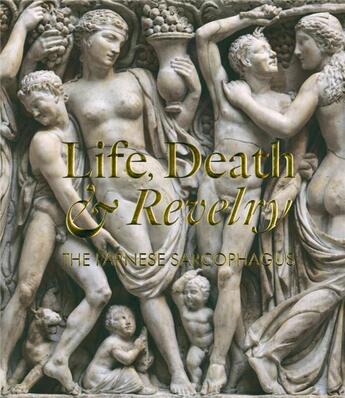-
Date de parution : 15/06/2018
-
Editeur :
Paul Holberton
-
EAN : 9781911300403
-
Série :
(-)
-
Support :
Papier
Résumé:
In terms of antiquarian fame, the Farnese Sarcophagus - elaborately carved with satyrs and maenads gathering grapes - may be the most important work of art in the Gardner collection, and perhaps of its type in America. A large, rectangular coffin of Pentelic marble, the Farnese Sarcophagus was... Voir plus
In terms of antiquarian fame, the Farnese Sarcophagus - elaborately carved with satyrs and maenads gathering grapes - may be the most important work of art in the Gardner collection, and perhaps of its type in America. A large, rectangular coffin of Pentelic marble, the Farnese Sarcophagus was exported from Athens to the area of Rome in the late Severan period, between c. 222 and 235 AD. The carving of the satyrs and maenads was especially suited to the artistic tastes of Mannerist and Baroque Rome, providing one of the most elegant examples of Greek imperial optic elongation to have survived from ancient times.
Life Death & Revelry will offer a multi-disciplinary, multi-era look at this important monument. Published to accompany an exhibition at the Isabella Steward Gardner Museum, Boston, it will bring together archaeological analyses of the piece and its previous restorations, and numerous Renaissance prints and drawings depicting the sarcophagus during its time in Rome.
Donner votre avis









